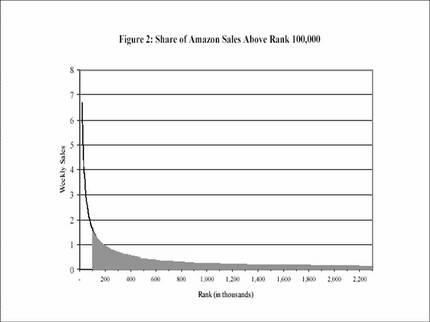 Source of book image: http://www.amazon.com/gp/product/0226556638/sr=8-1/qid=1153708722/ref=pd_bbs_1/104-2835260-2878345?ie=UTF8
Source of book image: http://www.amazon.com/gp/product/0226556638/sr=8-1/qid=1153708722/ref=pd_bbs_1/104-2835260-2878345?ie=UTF8
Deirdre McCloskey’s unfashionable, contrarian and compelling manifesto in favor of what she calls the bourgeois virtues starts with an uncompromising "apology" for how private property, free labor, free trade and prudent calculation are the fount of most ethical good in modern society, not a moral threat to it.
The intelligentsia — in thrall for centuries to religion and now to socialism — has for a long time snobbishly despised the bourgeoisie that practices capitalism. Ms. McCloskey calls such people the "clerisy." Their values and virtues, like those of the proletariat and the aristocracy, are widely admired. But almost nobody admires the bourgeoisie. Yet it was for anti-bourgeois ideologies, she notes, that "the twentieth century paid the butcher’s bill."
As Ms. McCloskey explains: "Anyone who after the twentieth century still thinks that thoroughgoing socialism, nationalism, imperialism, mobilization, central planning, regulation, zoning, price controls, tax policy, labor unions, business cartels, government spending, intrusive policing, adventurism in foreign policy, faith in entangling religion and politics, or most of the other thoroughgoing nineteenth-century proposals for government action are still neat, harmless ideas for improving our lives is not paying attention." By contrast, she argues, "capitalism has not corrupted our souls. It has improved them."
For the full review, see:
(Note: in the passage above, I took the liberty of correcting a misspelling of "Deirdre.")
The full citation to the McCloskey book is:
McCloskey, Deirdre N. The Bourgeois Virtues: Ethics for an Age of Commerce. Chicago: University of Chicago Press, 2006. (616 pages, $32.50)


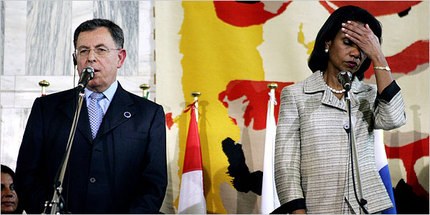
 A potato farm in Greenland has been able to expand as more land is arable due to higher temperatures. Source of image: the online version of the WSJ article quoted and cited below.
A potato farm in Greenland has been able to expand as more land is arable due to higher temperatures. Source of image: the online version of the WSJ article quoted and cited below.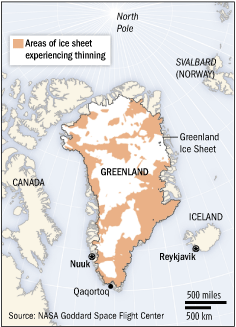 Source of map: the online version of the WSJ article quoted and cited above.
Source of map: the online version of the WSJ article quoted and cited above.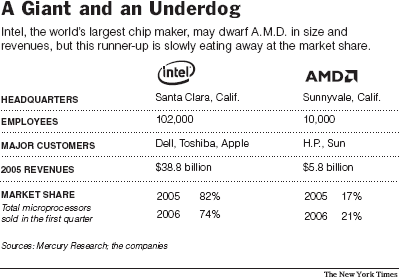
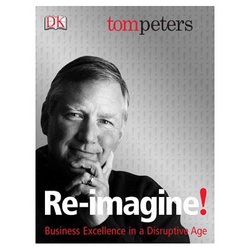

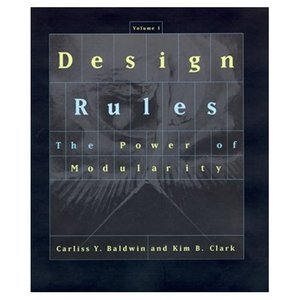
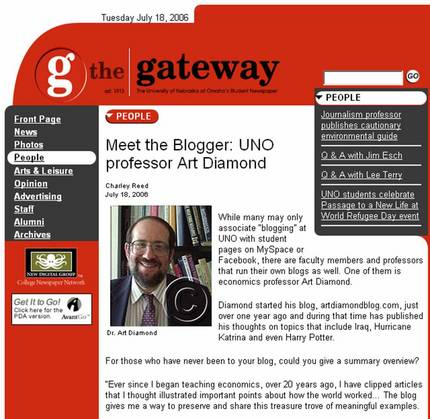
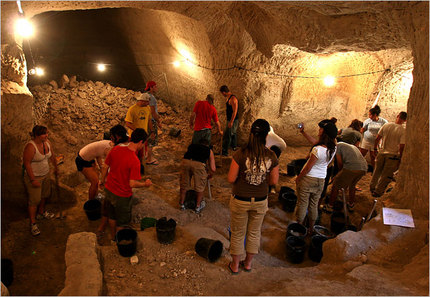
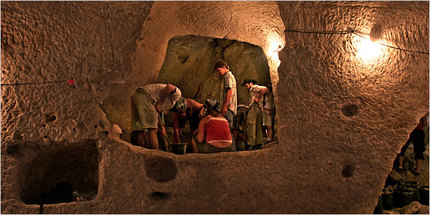
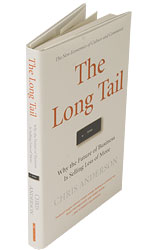 Source of book image: the WSJ review cited below.
Source of book image: the WSJ review cited below.